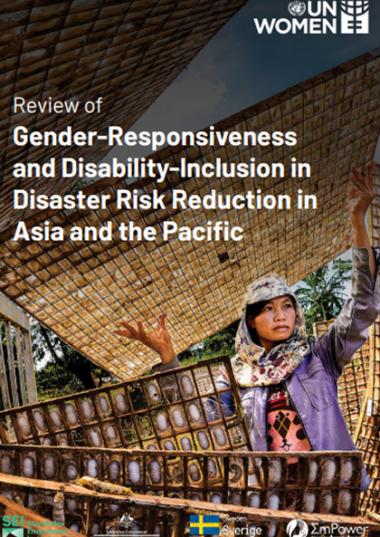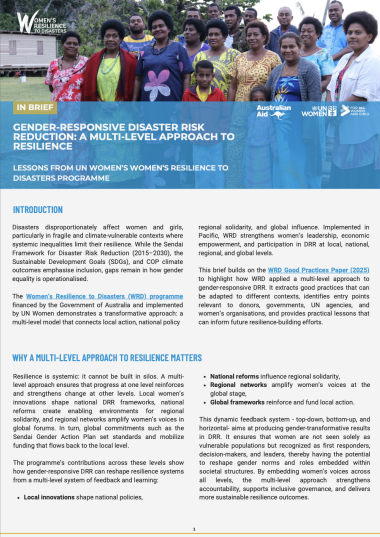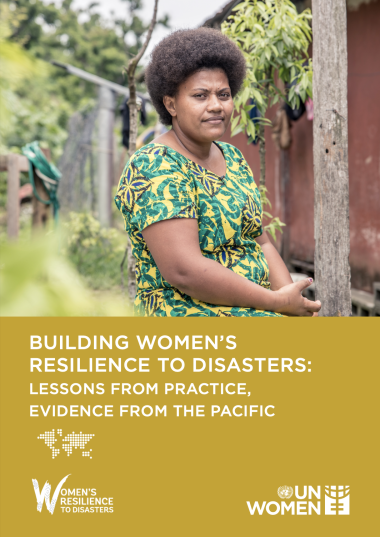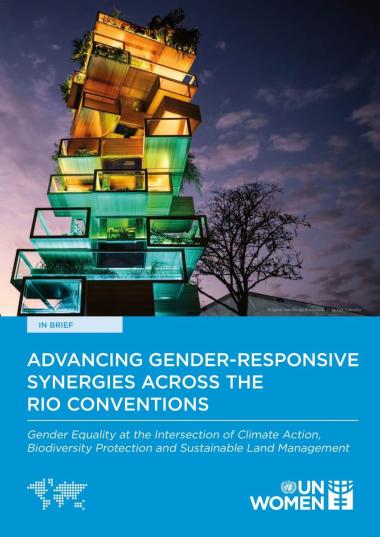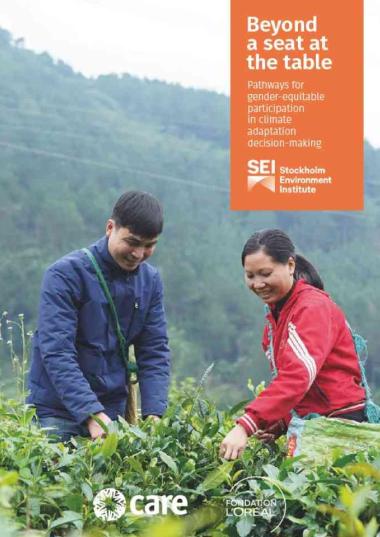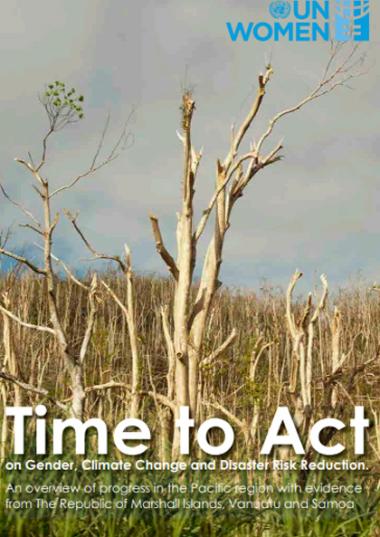
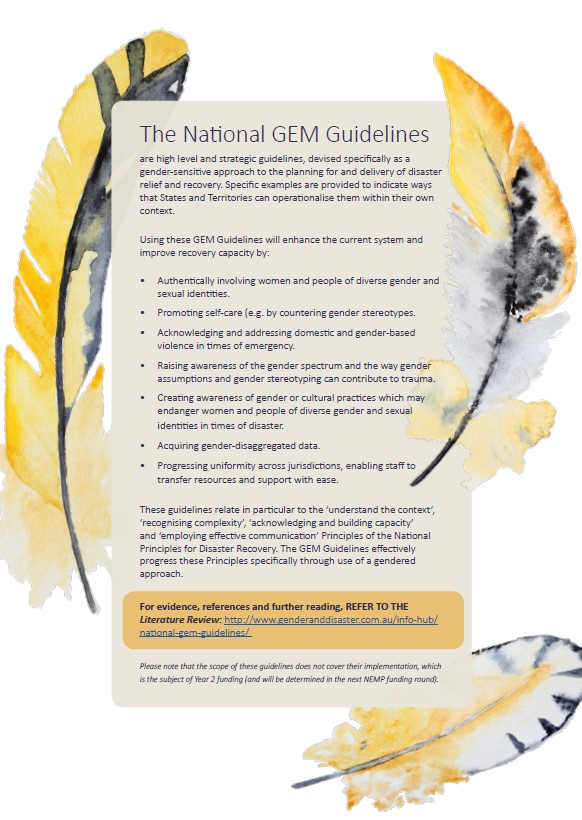
Gender issues are known to compound the damaging effects of disaster on survivors. Increased gender and disaster knowledge and subsequent improved emergency planning and response will improve the health and wellbeing of women and men affected by disaster across Australia. The guidelines collaboratively developed in the All on Board project were evidence-based – informed by international and national research and experience. They align with other gender related policy and program developments such as the Sendai Framework. They were developed through consultation with representatives from each state and territory. An iterative process facilitated ownership of the shared responsibility for gender and emergency management. This is a cross-cutting issue, traversing planning, response, recovery and reconstruction.
Through effective consultation and collaboration in reducing the compounding effects of gender on disaster impacts, the Gender and Emergency Management Guidelines intend to improve Australia’s ability to prevent, prepare, respond to and recover from natural disasters. Two overarching outcomes are sought:
1. The development of National Gender and Emergency Guidelines to fill a gap in Australian knowledge, policy and practice. Benefits include:
- A shared and improved understanding of the need for such guidelines, and the critical importance of policies and practice that incorporate a gender lens.
- A shared and improved understanding of the specific issues (social, structural, psychological, financial, interpersonal, and physical) relating to gender and disaster – and a capacity, informed by clear guidelines, to respond to these issues.
- Changed practices by key emergency management organisations and communities to help identify, prevent and respond to gender-based disaster impacts.
- New knowledge within the emergency sector of how to action the guidelines and gain support for subsequent changed policies and practices.
- Improved planning, response and recovery for both men and women in the midst and aftermath of disaster.
2. A truly national initiative, achieved through a national consultation process. Benefits include:
- Collaboratively developed guidelines which are inclusive of the contexts and experiences of all states and territories.
- Guidelines which are ‘owned’, supported and endorsed by all states and territories.
